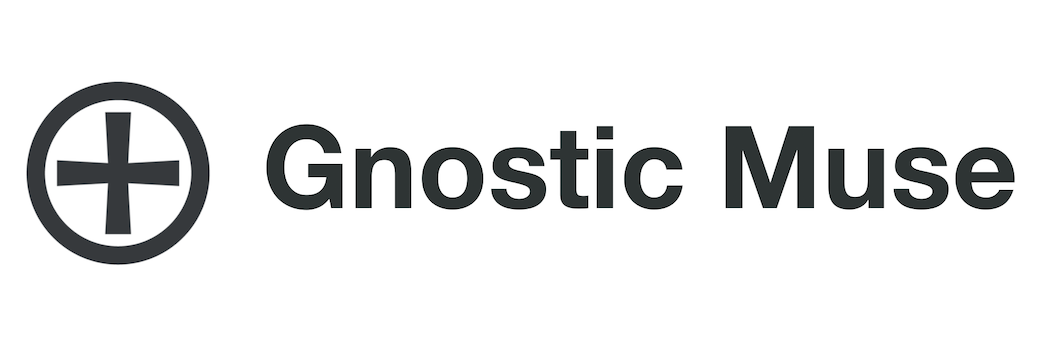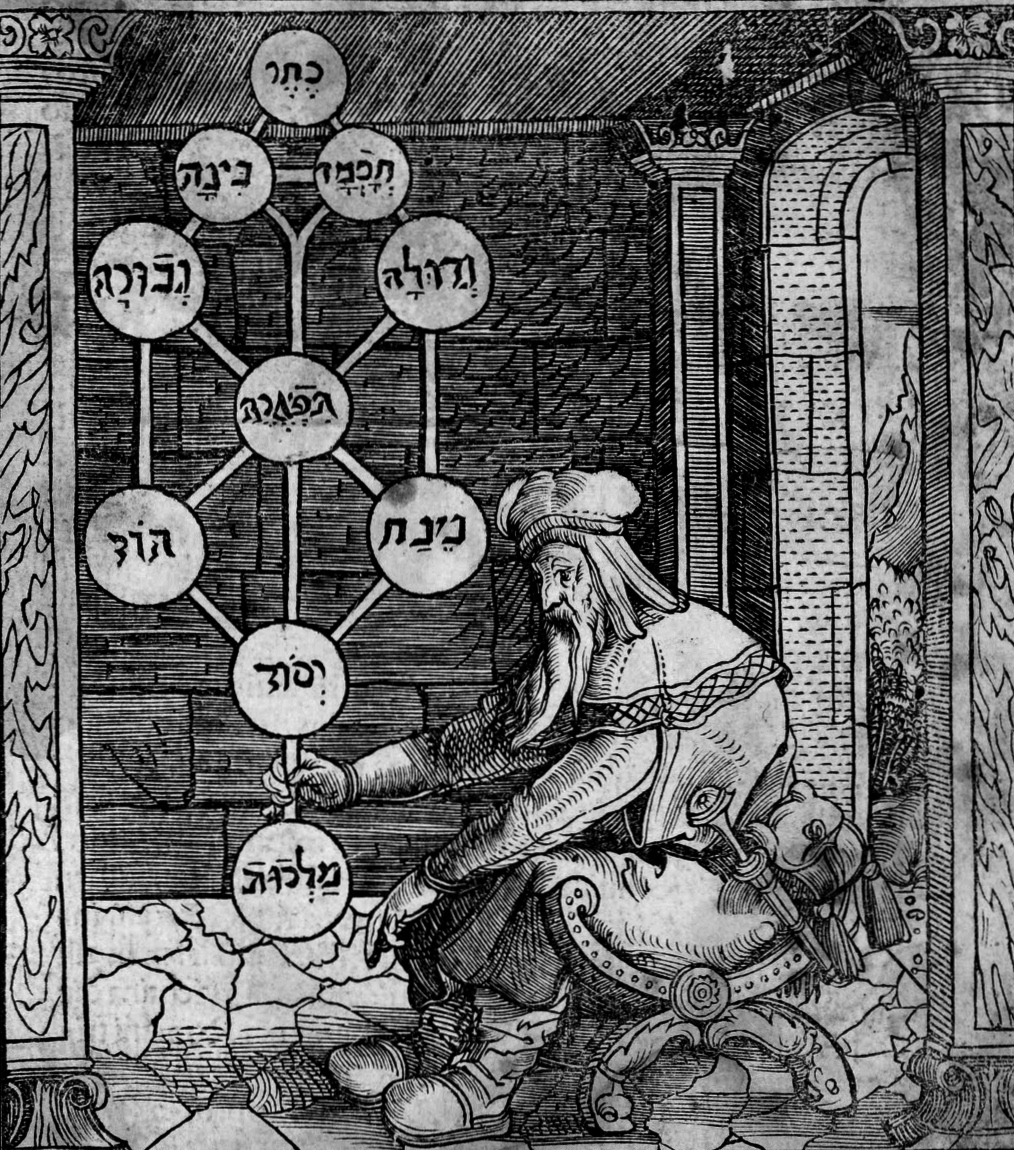To Receive
“The Kabbalah is the science of numbers. The author of the Tarot was the angel Metraton. He is the Lord of the serpent wisdom. The Bible refers to him as the prophet Enoch. The angel Metraton, or Enoch, delivered the Tarot, in which the entirety of Divine wisdom is enclosed. The Tarot remains written in stone. He also left us the twenty-two letters of the Hebrew alphabet …The universe was made with the laws of numbers, measurements and weight. Mathematics forms the Universe, and the numbers become living entities.”
-Samael Aun Weor, The Initiatic Path in the Arcana of Tarot and Kabbalah
Kabbalah (also spelled Qabalah) is from the Hebrew kabal, ‘to receive’. It is an ancient esoteric tradition and a living study of the Tree of Life, the map of the cosmos. The origins of Kabbalah are mysterious, although it is linked to occult wisdom at least as far back as ancient Egypt and is best known as the mystical aspect of Judaism.
Spirit of the Tradition
“This ancient mystical tradition of the Hebrews possessed three literatures: the Books of the Law and the Prophets, which are known to us as the Old Testament [Torah]; the Talmud, or collection of learned commentaries thereon; and the Qabalah, or mystical interpretation thereof. Of these three the ancient Rabbis say that the first is the body of the tradition, the second its rational soul, and the third its immortal spirit.”
-Dion Fortune, The Mystical Qabalah
The esoteric author of the Torah was the prophet Moses, who lead the Israelites out of slavery in Egypt. Moses himself was raised in the house of Pharaoh and was initiated into the Egyptian mystery schools. The Hebraic, Kabbalistic wisdom contained in the Old Testament is part of the esoteric lineage from the ancient Egyptian mysteries.
Tree of Life
The Tree of Life in some form can be found in all the ancient religions. The Egyptian, Mayan, and Aztec all have trees of life. Taoism teaches about the ten heavenly stems and the twelve earthly branches which form the matrix of the universe, The Nordic Yggdrasil is a divine tree which holds the world in its branches, and there is the sacred Bodhi tree under which the Buddha Shakyamuni was enlightened.
Religious traditions including Islam, Hinduism, Judaism, Christianity teach about the sacred heavens, often numbering seven or nine, which are the sephiroth of the Tree of Life.
Dante Aligheri’s famous Divine Comedy is the journey of its protagonist through the nine circles of shadow of the Tree of Life, and upward through the celestial spheres.
Symbol and Poetry
The Tree of Life glyph or symbol is attributed to a mysterious 9th century Andalusian alchemist and poet named Solomon ibn Gabirol. This glyph is composed of 10 circles arranged in a particular cascading pattern. It shows both a psychological and spiritual microcosm of our interior world and the macrocosm of the universe.
“Three things remind me of You,
the heavens
who are a witness to Your name
the earth
which expands my thought
and is the thing on which I stand
and the musing of my heart
when I look within.”
-Solomon ibn Gabirol
The Map of Heaven
The Tree of Life is a map of the Heavenly realms, and contains the diverse facets of God, the angelic hierarchy, and the history of creation within its branches.
The Tree of Life has the key to understand and liberate ourselves from our state of psychological sleep, because it is a map of states of consciousness, of the different dimensions, realms and worlds of our psychological interior.
The Tree of Life is also a representation of the true and complete human who has incarnated, activated and organized all the values of God within himself.
This is the vertical line of the Being that exists in every moment. We access the Tree of Life by activating our consciousness, and then it becomes a living tree and we live its teachings.
The true study of Kabbalah is with the intuition of the heart, guided by shekinah, the Divine grace, the gift of God. We need this grace in order to become an intuitive Kabbalist, to not be merely an intellectual Kabbalist.
References and further reading
Kabbalah from Gnostic Muse
Dion Fortune, The Mystical Kabbalah
Samael Aun Weor, The Initiatic Path in the Arcana of Tarot and Kabbalah

